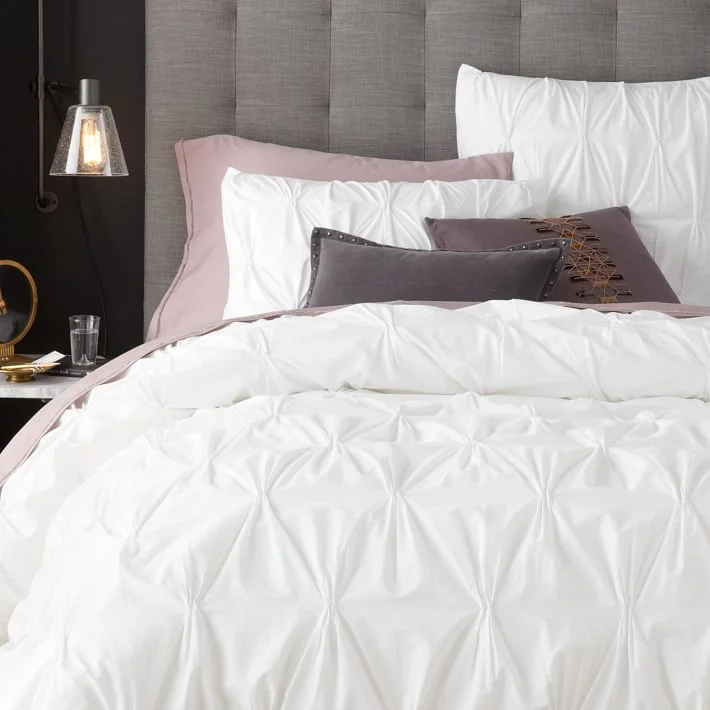It's that time of year - back to school! Getting back into an academic routine can be really fun, but whether you're walking across your college campus or up the stairs at your high school, your backpack can be damaging your posture and causing a lot of pain. Here are some pointers to lessen the negative effects a backpack can cause.
1) Tighten the straps. Whenever you are carrying a heavy weight (be it a backpack, laundry basket, or groceries), it's the easiest on your body when you carry it as close as possible to your center of gravity. For us, that happens to be at belly button level in the center of our bodies. So for a backpack, you want it as flush to your back (the center of it around belly button level). Most people tend to wear their straps loosely so there's a visible gap between their lower back and the bag itself. Go ahead and tighten up the straps and feel the difference. If your backpack also has a belt that can go around your waist, that will also help to distribute the load appropriately.
2) Use BOTH straps. It's easy to swing that bag up over just one shoulder, especially if you're in a hurry. But having this heavy weight just on one side of your body will typically cause you to lean away from the bag and forward. This causes a lot of stress on your lower back as well as makes your to contort your neck to see the world in front of you. This excess neck strain can lead to tension headaches.
3) Don't carry so much. Easier said than done, we know, but making more frequent trips to your locker, car, or apartment so that you're carrying a lighter load will put much less strain on your body. It'll help you get to your 10,000 steps a day goal too!
4) Be careful how you lift it. As we've previously inferred, backpacks can be tremendously heavy. Therefore, it's important that you use good body mechanics when picking up your bag. If it's on the floor, remember to squat or lunge down to the bag. Then, pull it close to your body near your belly button. Next, stand up keeping that bag at belly button level. Once you're up you can move the backpack onto your shoulders.
5) Choose the right bag. Backpacks can come in different sizes. There's also options like messenger bags and roller bags. Choose one that will be the most convenient for you understanding that, from a musculoskeletal health perspective, the best bag is a rolling one, followed by a standard two strap backpack, with the worst option being the messenger bag. If you do decide to use a messenger bag, wear it across your body so that the load is more evenly distributed across your body and not all on one side.
Have a great year!




